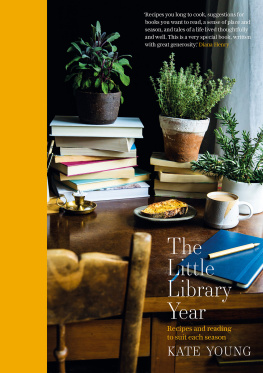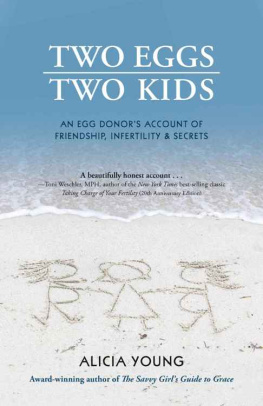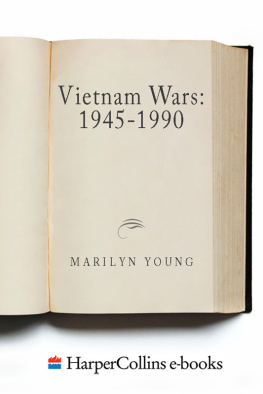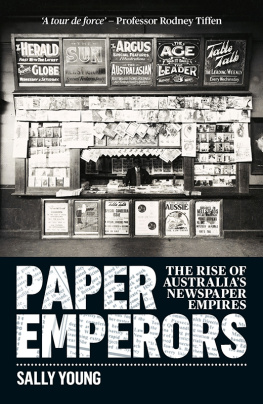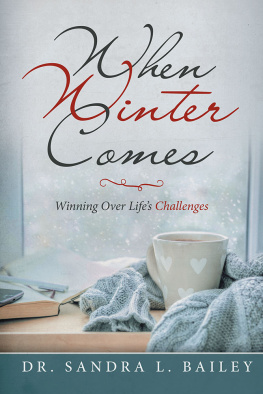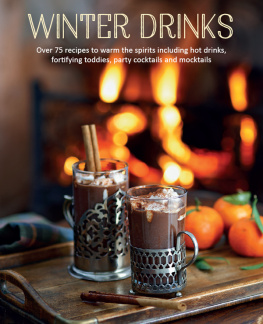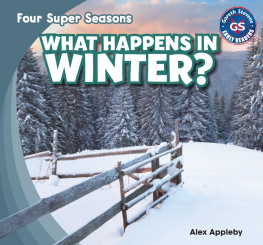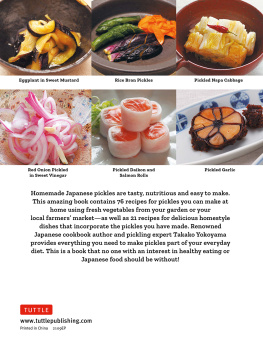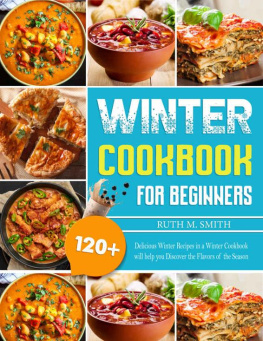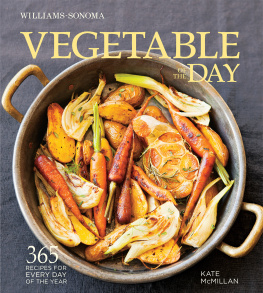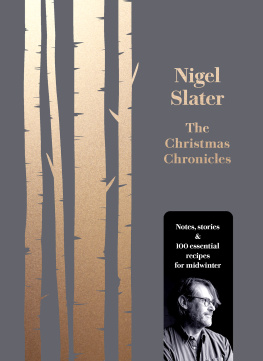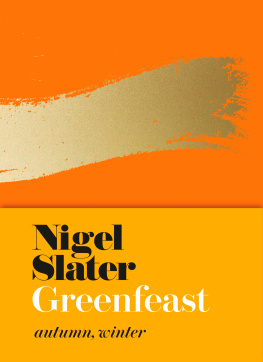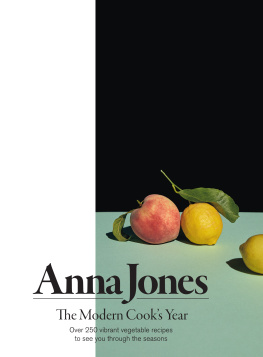The Little Library Year
The
Little
Library
Year
Recipes and reading
to suit each season
KATE YOUNG
AN ANIMA BOOK
www.headofzeus.com
First published in 2019 by Head of Zeus Ltd
Copyright Kate Young, 2019
Photography Lean Timms, 2019
The moral right of Kate Young to be identified as the author of this work has been asserted in accordance with the Copyright, Designs and Patents Act of 1988. All rights reserved. No part of this publication may be reproduced, stored in a retrieval system, or transmitted in any form or by any means, electronic, mechanical, photocopying, recording, or otherwise, without the prior permission of both the copyright owner and the above publisher of this book.
The list of individual titles and respective copyrights to be found on p. 312 constitutes an extension of this copyright page.
A catalogue record for this book is available from the British Library.
ISBN
9781788545280 { HB }
9781788545297 { E }
Design by Jessie Price
Photography by Lean Timms
Author photo Lean Timms
Head of Zeus Ltd
58 Hardwick Street
London EC1R 4RG
www.headofzeus.com

For Ingela,
for the advice about Pepparkakor,
for your always perfect elderflower cordial,
and for giving me a home when I needed one most.

Contents

I arrived in England on a grey March day in 2009. The Underground journey from Heathrow to Mile End took me through the western boroughs of London: tiled roofs and chimney pots in neat rows and the clouds as dark as oyster shells, rain falling from them in a barely perceptible mist. The city was exactly as I had expected to find it. Over the next weeks, daffodils bloomed, people started shedding their heavy coats, and my walk to work became greener by the day. Spring was arriving.
Right from those early days, my love of living in England became knitted to my love of the seasons, to discovering a place where there is a right time for a bowl of soup and a re-read of Jane Eyre , and also a right time for snacking on radishes and pulling Brideshead Revisited down from the shelf. Im forever told (by those with longer memories than mine) that the seasons are not as distinct as they once were, but they are certainly more defined than the hot and wet and a bit less hot and less wet that I grew up with in Brisbane. Throughout my first year here gloriously bright and beautiful spring, the blisteringly hot and heavy summer, the night that the leaves started to fall from the trees I found it impossible not to be changed by the seasons.
I revisited books that felt appropriately cosy, or ones where you could almost feel the heat radiating off the page. I explored the greengrocer, and started to pay greater attention to the arrival of key ingredients; favourite fruits and vegetables that I would, in later years, anticipate in earnest. I walked through markets in search of apple varieties I had never tasted, set weekends aside for elderflower or blackberry picking, and mourned the loss of the thin green asparagus spears that came with the arrival of summer. I grew up comfortable in the kitchen, but it was in England that I became a cook, hunting for ways to capture and honour the shifting seasons.
That first year in England, the seasons waxed and waned until, inevitably, March arrived again. I found myself looking forward to the end of winter, those bleak grey months at the start of the year, as much as I had the spring, autumn and summer. I remember standing on a train platform with two friends, hoods pulled up, and eyes shielded, declaring my adoration for drizzling rain. The way I see it, its all part and parcel of the same: the long sunny evenings, the crisp winter mornings, the dreary March days. Theyre each so wonderful precisely because of their entirely transient nature, because of the way they flow into each other, because they are each in their own way worth embracing and celebrating while we have them.
Regardless of my love for food, my life is not spent in a farmers market, and there are days when I cook with whatever I have to hand, where seasonal cooking is as much about seeking out comfort and warmth as it is hunting for a specific ingredient. Our food supply chain has altered so enormously in the past decades that it is possible, should you wish, to lay your hands on strawberries in March, and find asparagus in October. And so, in this book, I wanted to share recipes that are as much about a seasonal mood as they are ingredients: meals for one in January, when hibernation is practically a necessity; food that can be easily flung into a picnic basket in late spring; canaps and a cocktail for the inevitable parties in the lead-up to Christmas.
I have broken the year down into six parts: those Long winter nights in January and February, the First signs of spring in March and April, the green months of May and June, when there is Spring in abundance , the Height of summer in July and August, the weeks When the leaves start to turn in September and October, and the final months of the year, As the days grow short . From year to year, depending on the weather, and on where you are in the world, these seasons will shift and change. But I wanted to acknowledge the distinction between each season; that the last part of the year, those bright, twinkly winter weeks, is entirely different from the grey months after New Year. And that those first moments of spring are nothing like the warmer days in May, before summer arrives in earnest.
In short, I have written The Little Library Year as a literary and culinary almanac, a celebration of each and every season, and a way to capture the year in books, and in food. I hope that it takes you, whether reader or cook (or both), from January to December this year, and in the years to come. Happy reading, and happy eating.

It was a particularly balmy June day when I first picked up a copy of Anna Karenina in a charity shop. I carried it with me on my daily commute, crawling through it a couple of pages at a time, struggling to find purchase with the story while on a sweaty London Tube. I was only a hundred pages in when I abandoned it. Six months later, in the depths of winter in my freezing-cold flat, I pulled it back down from the shelf, and took it with me into the bath. This time I devoured it. The next day, back on the train again, I lost myself in the detailed characters, and in the epic scope I was so distracted that I missed my stop. I flew through the book in little more than a week.
The experience reinforced my long-held belief that there is a right time for every book on my shelf. It makes sense to revisit Cassandra Mortmains world in I Capture the Castle in late spring, and to join Harry, Hermione, and Ron on the train back to Hogwarts in early September. At Christmas, I read Charles Dickens, and Louisa May Alcott, and Noel Streatfeild, revelling in descriptions of houses dressed for the season, and abundant holiday meals. In the hottest summer months I want to be with talented Tom Ripley, with Gerald Durrells family (and their animals), and with Ferrantes Lila and Elena, dipping a toe into the Mediterranean. And when its cold and bleak outside in January, I return to Narnia, to the snow-filled Russian epics, and to the strange comfort of murder mysteries, read by the fire.

